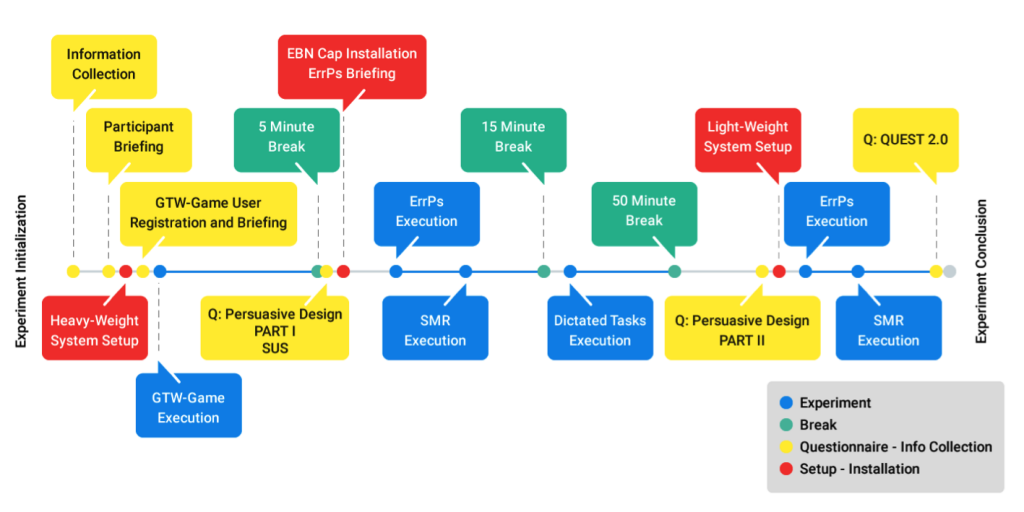We are glad to announce that the dataset from the first phase of MAMEM trials is now public. EEG, GSR, HR and eye-tracking signals have been synchronised with the interaction events that are taking place on the screen so as to facilitate easy processing and experimentation. We hope that the community will find our dataset useful!
More specifically, the dataset combines multimodal biosignals and eye tracking information gathered under a human-computer interaction framework. The dataset was developed in the vein of the MAMEM project that aims to endow people with motor disabilities with the ability to edit and author multimedia content through mental commands and gaze activity. The dataset includes EEG, eye-tracking, and physiological (GSR and Heart rate) signals along with demographic, clinical and behavioral data collected from 36 individuals (18 able-bodied and 18 motor-impaired). Data were collected during the interaction with specifically designed interface for web browsing and multimedia content manipulation and during imaginary movement tasks. Alongside these data we also include evaluation reports both from the subjects and the experimenters as far as the experimental procedure and collected dataset are concerned. We believe that the presented dataset will contribute towards the development and evaluation of modern human-computer interaction systems that would foster the integration of people with severe motor impairments back into society.
You can read the full technical report here and download the dataset from here.
